In comparing the price of vitrified tiles vs ceramic tiles first, some information should be gathered together. Tiles are a popular choice for interior decoration in far too many properties. Ceramic is a type of tile and ceramic product that is used in different parts of the building, such as the bathroom, a toilet, and the kitchen. Nowadays, ceramic tiles are essential for every building and home. The existence of the need for tiles is inevitable these days, in a way that everyone who intends to build or buy a house should at least have some primary information about the different types of tiles.

Tiles have different types and varieties. The glazed or unglazed is one of the most important factors in distinguishing different types of tiles. The porosity of the tiles is also of secondary importance. The coating for glazed tiles can be applied to the texture of the tiles. This color can be the natural color of the clay, or a pigment added to the clay before the tiles are baked. In some conditions in glazed tiles, paint_ usually a mixture of lead silicate and pigments_ is applied to the glaze after baking. Then the tiles are placed back into the kiln to mix the glaze with the body. Polished tiles have a wider variety of colors, designs, and surface textures than the unglazed type. A piece of a tile consists of two parts:
- A piece of clay forms the main part of it and the tiles are ossified.
- The glaze on it is a substance that forms the glass and its upper part.
Therefore, tiles on which ceramic glaze is made are called ceramic or ceramic tiles on the market. Vitrified tiles are like ceramic tiles, with the fundamental difference that the clay of vitrified tile is mixed with silica, quartz, and feldspar before being fired in a kiln.

When these additional mixtures are baked at high temperatures, they combine together, to create a shiny and extremely hard surface. The vitrified tile is named from the process of baking and is called Vitrified. Vitrified tiles are similar to ceramic tiles in appearance, but they are glossier, more durable, less porous, and absorbent. These characteristics are due to the makeup of silica, quartz, and feldspar, which gives it a glassy appearance, making these tiles more appealing to the eye. This mixture is made before the oven is turned on. Vitrified floor tiles, unlike ceramic floor tiles, have a glazed surface according to the glass elements utilized in their construction. Clay is utilized in a far smaller proportion than ceramic tiles, aside from glass. Vitrified tiles are extremely durable and low-maintenance, making them perfect for places with a lot of foot activity. This is why they are extremely popular on business websites. It is a less expensive alternative to genuine stones like marble and granite, yet has a similar aesthetic and higher durability. As a result, it is a viable housing option.
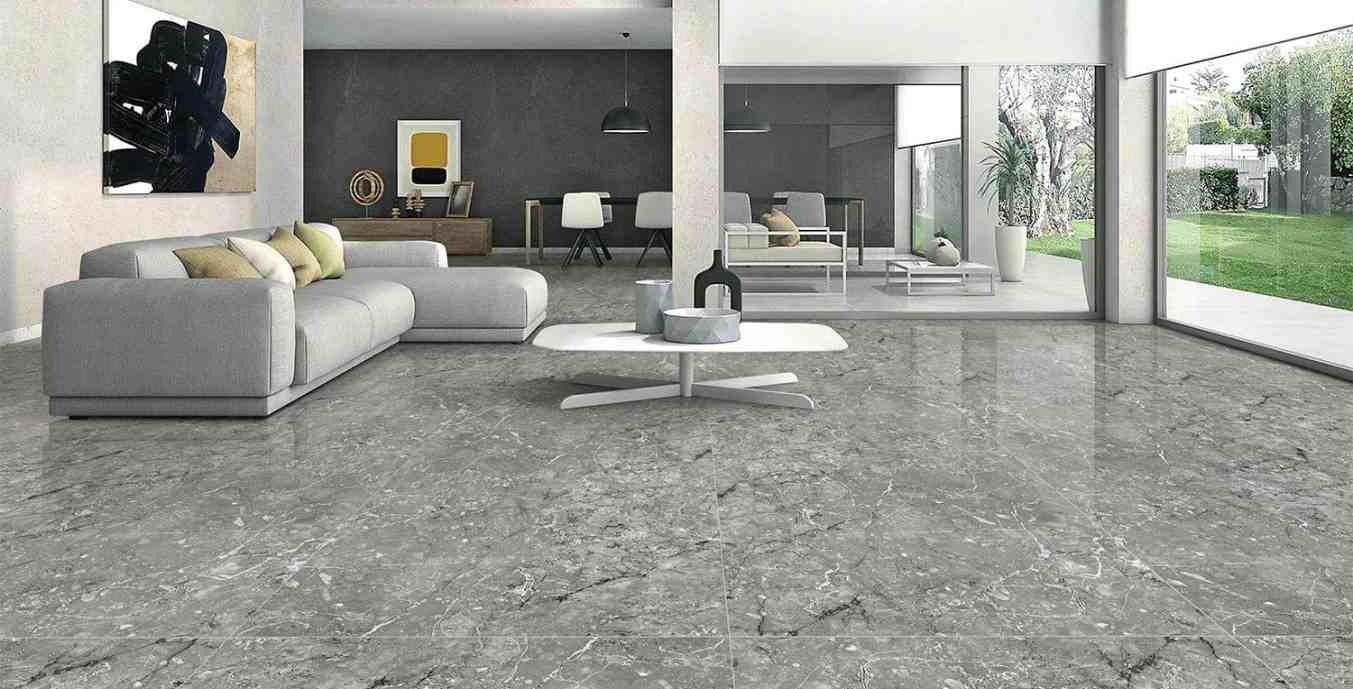
Ceramic Tiles Vs Vitrified Tiles
Vitrified tiles usually vs ceramic tiles are compared. Nowadays, in the interior decoration of many homes, various types of ceramic floor tiles are used. Ceramic tiles are great floor coverings during hot summer days, Besides, if first-grade materials are used for this purpose, they would add great value to the building. The high strength and diversity of designs and colors of different types of building floor ceramics make it compatible with any style and taste. The advantages of different types of ceramic tiles for floors include:
- An environment-friendly product
- Absolutely healthy
- counter sensitivity
- It has a hard coating and is resistant to various factors such as the impact of damages
- waterproof
- It has a special luster and effect
- There is a wide range of colors and styles for it
- simple maintenance
- long-lasting
- Being fireproof
- Sunlight resistant
It should be kept in mind that ceramic tiles, like any other material, may have disadvantages as well as advantages. One of the main disadvantages of ceramic tiles for floors is the possibility of high fragility, loss of seams between the tiles, and the dirty space between the ceramic tiles.

Vitrified tiles are completely durable and they do not need much maintenance, making them ideal for heavy traffic places. Therefore, they are widely used in commercial and trade centers. Although vitrified tiles give a spontaneous appearance and better resistance to being broken, they are cheap and can be used instead of natural stone tiles such as marble tiles and granite tiles. Vitrified tiles are a great option for properties. There are various varieties of tiles and ceramic tiles, and the two terms are sometimes used interchangeably, but ceramic is a sort of tile as well. To better comprehend this issue, it should be considered that a tile is made up of two parts: clay and glaze, and it is called a ceramic tile if the glaze is made of ceramic. Because ceramic tile is significantly heavier than many tile models and is more resistant to environmental influences and changes, it is much more commonly used for floors than tiles. Tiles come in a variety of shapes and sizes, and each is employed in a distinct setting depending on its substance and resistance. In many circumstances, the cost of tiles is less than that of ceramic, causing many individuals to avoid purchasing ceramic flooring. Remember that ceramic tiles come in a variety of grades and qualities, which impacts both the price and the quality of the flooring’s appearance.

Vitrified Ceramic Tiles Price
Vitrified tiles have much more price compared to ceramic tiles according to their characteristics. Vitrified tiles are tough, nearly non-porous, and stain and scratch-resistant, making them excellent for usage both indoors and out. Paint combined with clay before firing provides the tiles a uniform hue, so even if the tiles are scratched, the color will not fade. They can be utilized 48 hours after application because they don’t require any drying time or polishing. Because glazed tiles come in huge sizes, there are fewer joints. Because the vitrified tiles must be set evenly with scarcely visible joints, laying glazed tiles is a time-consuming task. They also require a stronger adhesive than ceramic tile, which increases the cost of installation. Due to its added features, tile is more expensive than ceramic tile. When wet, glossy vitrified tiles as opposed to matte vitrified tiles can be extremely slippery. Vitrified tiles are not environmentally friendly because the manufacturing process uses a lot of energy and produces a lot of carbon dioxide.
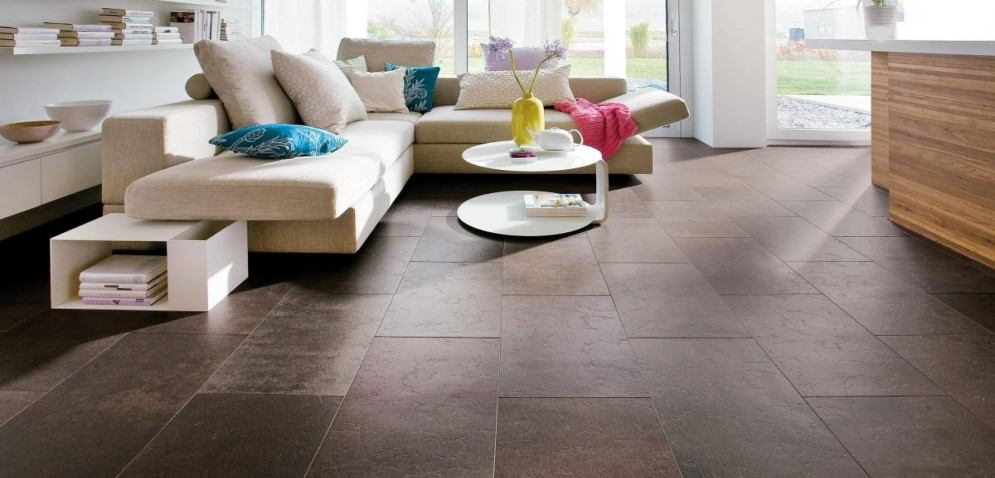
Vitrified tiles are hard tiles created from the best clay, silica, and quartz. Smooth, vitrified, double charged, as well as full-body, are the four varieties of vitrified flooring. Vitrified tiles have low porosity, making them water and frost-resistant. Tiles with a non-slip coating are more abrasion resistant and can be used in high-traffic areas. Although tiles are more expensive than other materials, their long-term value compensates for the investment. These tiles also have a quick installation period, making them an excellent alternative for a time-sensitive home improvement job. Kickbacks on your kitchen or bathroom floor can be achieved using glazed tiles. The glazing process hardens and weatherproofs the tiles, allowing them to be used both indoors and out. Because of its ability to endure a lot of pressure, it may even be utilized above the roofs or in the gardens. The intrinsic qualities of vitrified tiles make them stain-resistant on a daily basis. As a result, cleaning and maintaining this tile is straightforward, requiring only water and simple cleaning products. A vinegar and water mixture should be sufficient for eliminating harder stains. To extend the life of the seam between tiles, it should be resealed once a year. Although the building of these boxes is not a time-consuming task, it is one that requires a great deal of effort.

To lay this tile perfectly, it would need to engage a professional to ensure that the seams are smooth and that you utilize strong adhesives, and should be making sure to stock up on extra tiles because new designs are always being introduced to the market, and won’t be able to find the same ones in a few years. These are a brief of the best characteristics that set vitrified tiles apart from all other tile choices available:
- Formation
Vitrified tiles are made up of a silica and clay blend. This molten material is heated to extremely high temperatures, giving it a distinct texture. It has the appearance of a glassy, non-porous surface. Furthermore, unlike ceramic tiles, these tiles do not require extensive glass.
- Powerful
When compared to natural granite or marble, this tile is more durable and has more mechanical strength. Scratch and stain resistance are also included. Even when exposed to direct sunshine, the hues of the tiles do not fade. It’s also a great choice because of its color constancy.
- Thickness
These tiles have 10-12 millimeters in thickness, which is comparable to the size of natural granite tiles and marble tiles.

Bonzer 7 Ceramic & Vitrified Tiles
Vitrified tiles & also ceramic tiles are almost provided all over the world_ like Bonzer 7. To illustrate more, ceramic tiles are manufactured by mixing natural clay with water and baking them in the kiln. They have a natural earthy appearance, are available in a range of colors and sizes, and are frequently glazed to protect them from water, stains, and scratches. It is rarely utilized in its natural state. This tile is suitable for floors, walls, backsplashes, and countertops because of the durable protective coating provided by the glaze. Because they are water-resistant, easy to clean, and less likely to harbor germs, they are most typically used in wet places such as bathrooms and kitchens. Ceramic tiles are simple to keep clean. Dirt and grime can often be removed with soap and warm water. Strong agents can be used to remove difficult stains without causing tile damage. They are inexpensive. Ceramic tiles are less expensive than many other tile varieties.
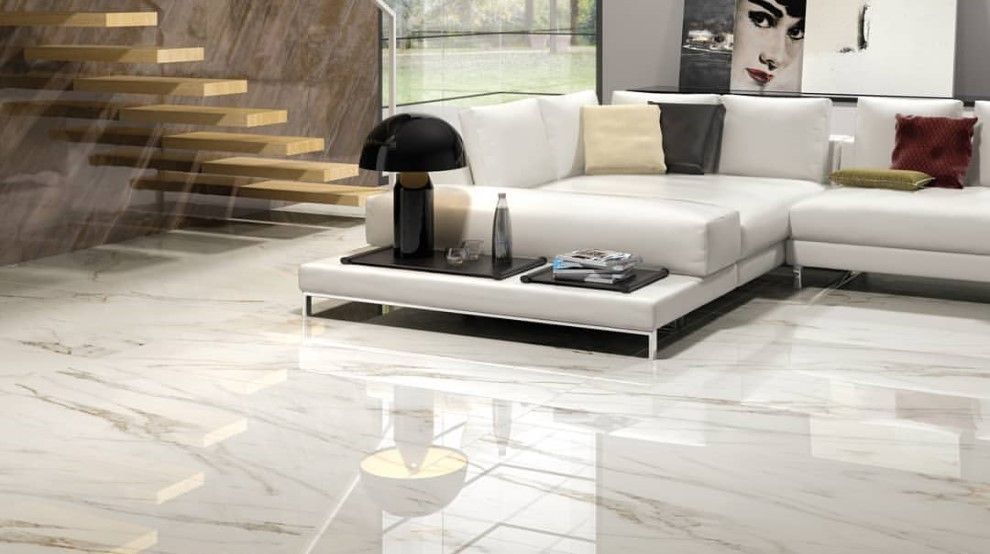
Grout lines can be difficult to keep up with. While the tiles themselves are low-maintenance, the grout lines must be sealed to prevent moisture and mildew from entering the latter can be treated with a little vinegar and water. In cold climates, ceramic tiles are not the ideal option for flooring. In the winter, ceramic tiles might become exceedingly cold, making walking barefoot extremely uncomfortable. Grout lines can be difficult to keep up with. Whereas the tiles themselves are low-maintenance, the grout lines must be sealed to prevent moisture and mildew from entering the latter can be treated with a little vinegar and water. In cold climates, ceramic tiles are not the ideal option for flooring. In the winter, ceramic tiles can be exceedingly chilly, especially if you walk on them barefoot. It ended up using both types in the end. people do not have to pick one over the other; mix and match the two based on the location and intended look. On flooring, vitrified tiles work well. However, use ceramic for additional character and color, as well as to offset the glazed tiles’ light industrial, man-made appearance. Vitrified tiles should be used in high-traffic rooms such as the living room and bedroom as well as outside. Ceramic tiles should be used in the kitchen, bathroom, and stairwell. However, there are no hard and fast rules; the overall aesthetic you want to achieve will be the decisive factor.
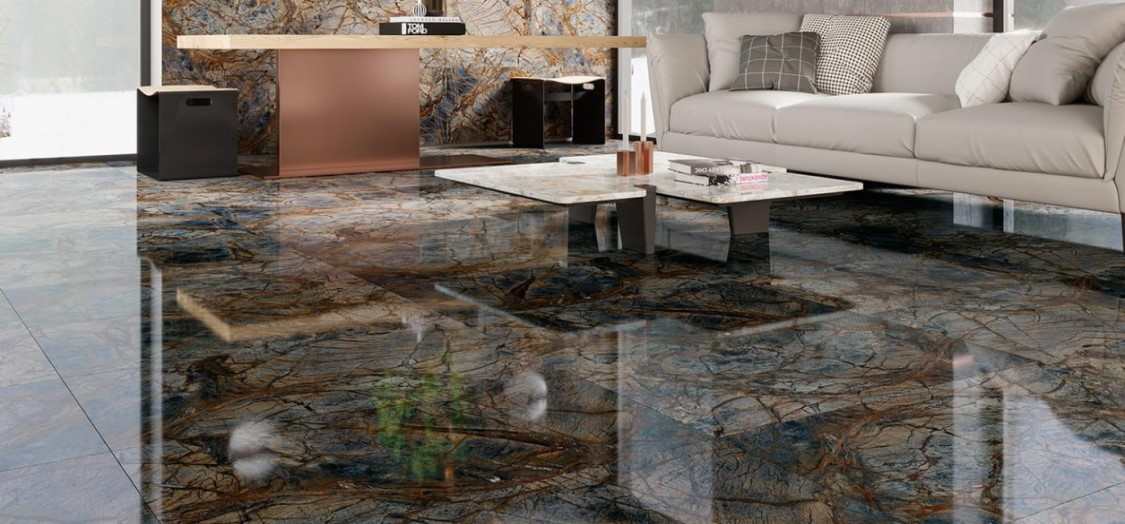
During previous years, our company team has been into gathering experts in the field of tiles to first give suitable bits of advice to our customers to choose the most proper tiles for their properties according to the money budget they have or the quality they need to, and second, to provide high qualities of tiles to our precious customers. We also are honored to have attained our customers’ trust and satisfaction by having a fair price rate and good customer relationship management to make a long-lasting friendship with our valuable customers.

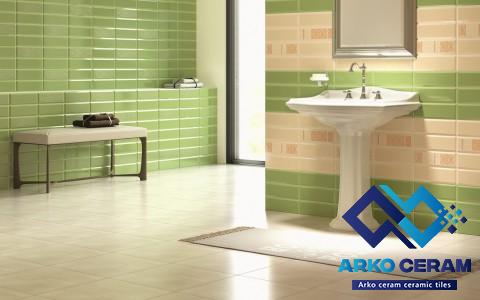
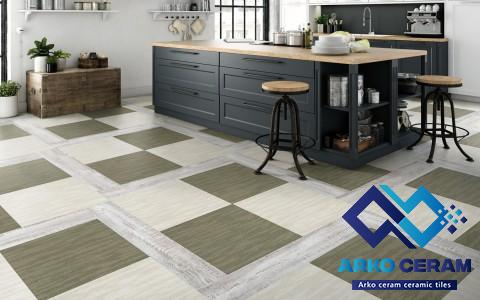
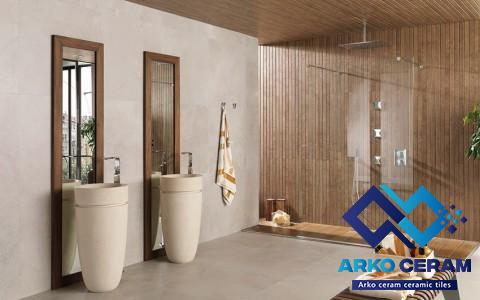



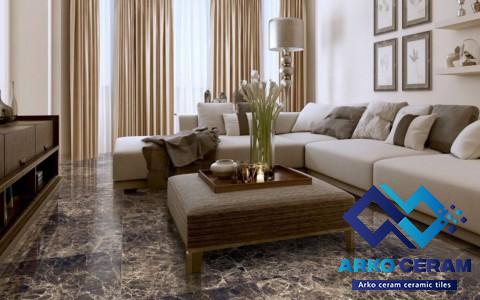
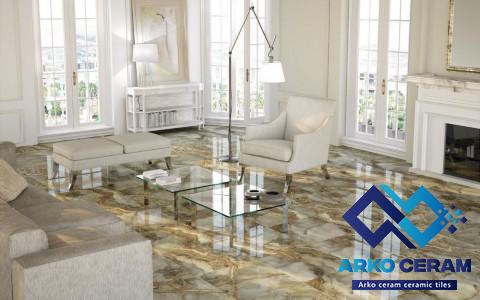
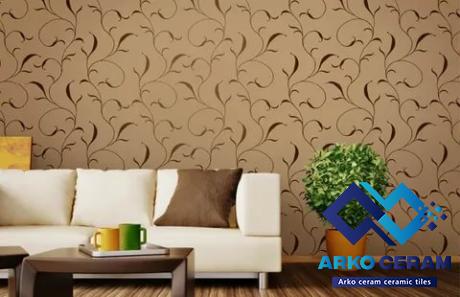
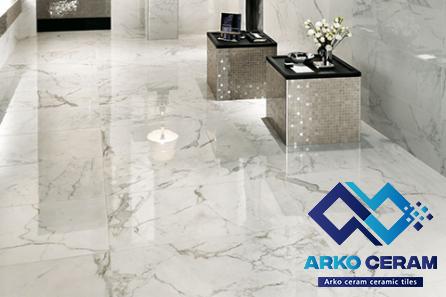
Your comment submitted.